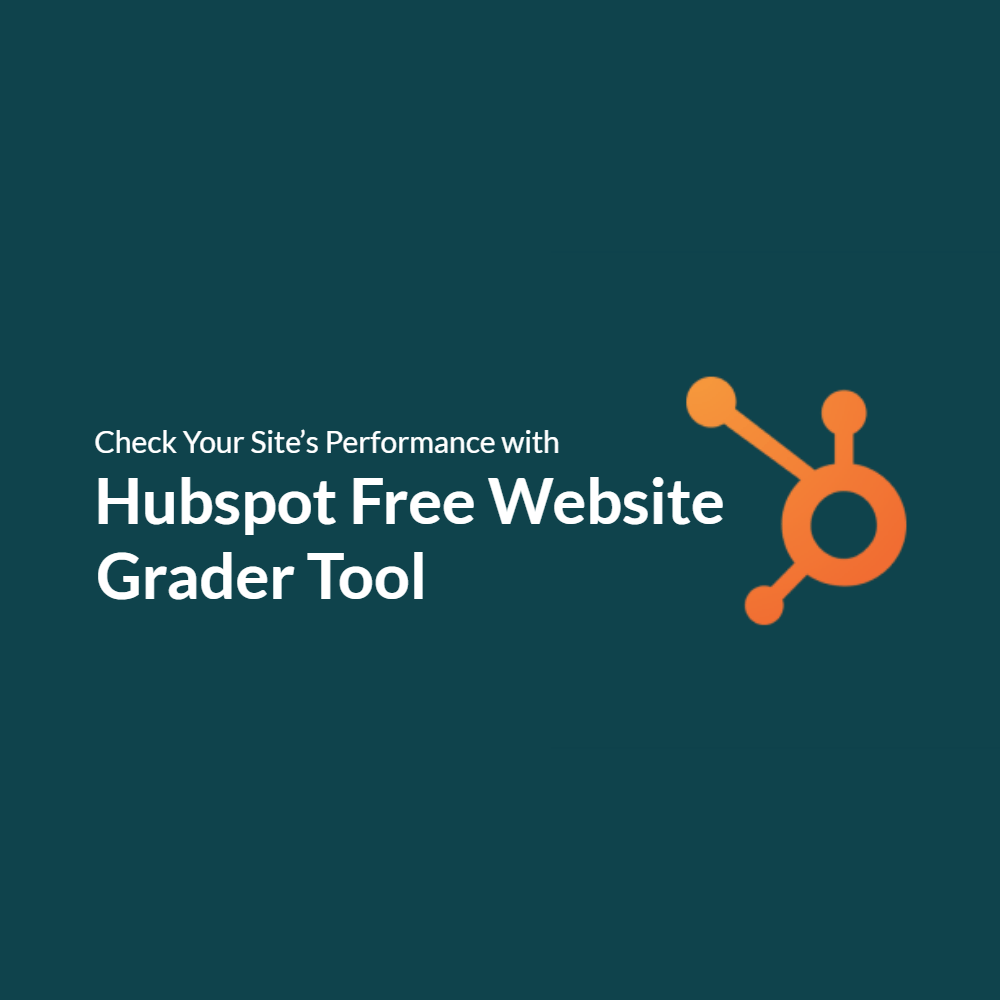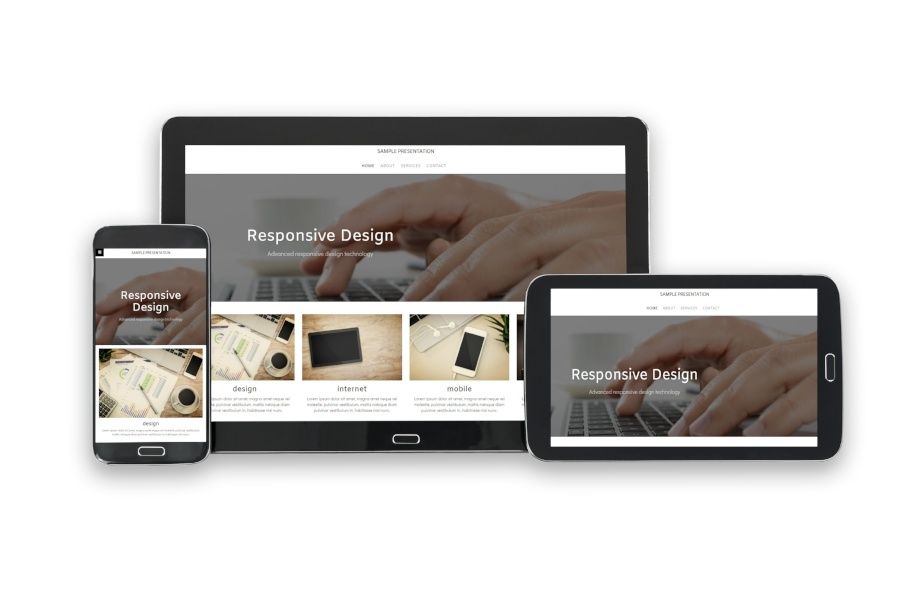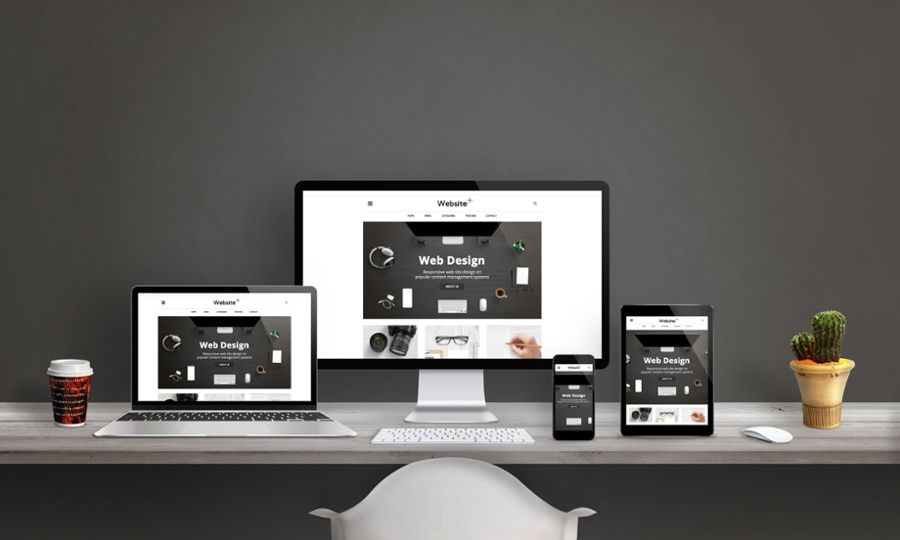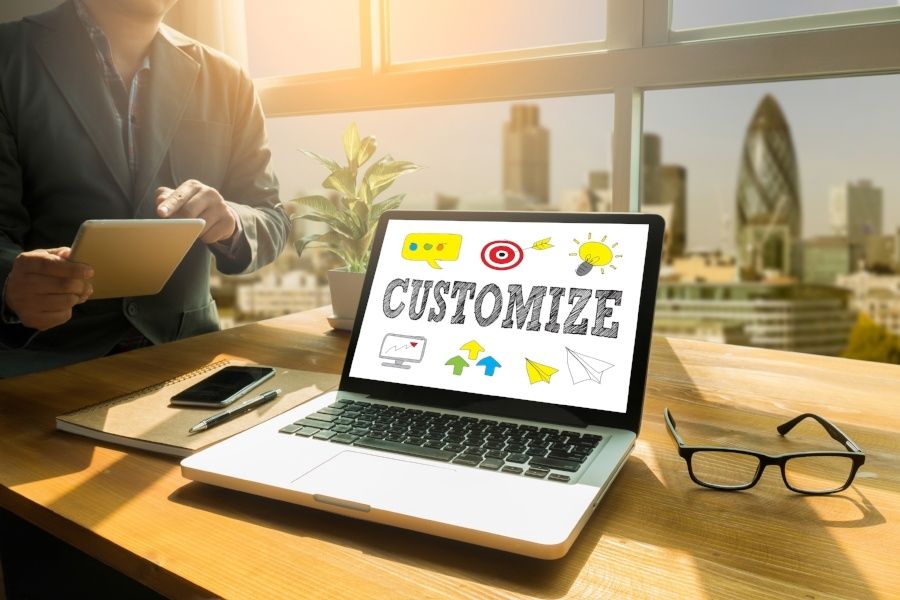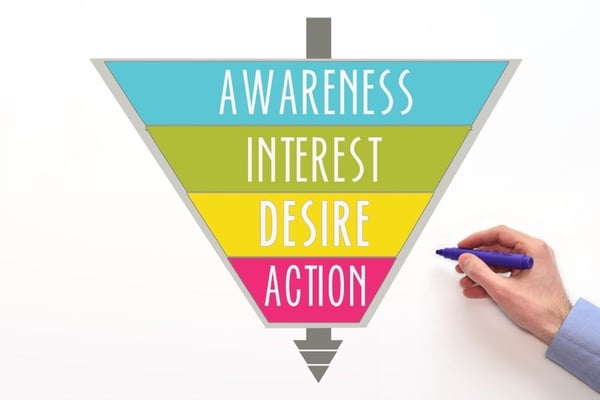
So, you want to learn more about sales funnels? You’ve probably been reading about marketing automation and dreamt of the different ways that you could free up your time by automating different aspects of your digital marketing operation.
But — sales funnel websites can be confusing. There is a lot that goes into creating an automated sales funnel that helps to walk your prospects closer to making a purchase.
Here at RiseFuel, creating an automated sales funnel for clients is often one of the first large-scale projects that we undertake at the beginning of a new engagement.
37% of marketers say that the hardest part of their job is prospecting and a sales funnel can be the foundational asset that helps to solve that issue.
It sets the foundation for all future marketing activities and helps us to ensure that our clients have a reliable way to turn visitors into profit without having to invest a ton of time in the process.
When it comes to sales pipelines and funnels, it can be difficult to understand what they are, how they work, and how you can create one that is effective for your own business without seeing some examples.
We can explain all we want, but without seeing a great marketing funnel website in action, it’s difficult to fully grasp how impactful one could be for your business.
Let’s start by defining what a sales funnel is, and isn’t.
What is a Sales Funnel?
In short, a sales funnel is a series of automated steps that walk your customers through the buyer’s journey. These steps could be present on your website, through automated email marketing sequences, or other channels.
Sales funnels have a very clear call to action that the customer is expected to take to complete the sales funnel — typically, this means becoming a customer.
A sales funnel can take many different shapes and what is the right sales funnel for one business is not necessarily the right choice for another.
Let’s dig into some sales funnel examples so we can examine what a sales funnel is, and how you can make one that is effective for your business.
Sales Funnel Website Example #1 - Crazy Egg
CrazyEgg is one of the originators of the digital marketing sales funnel. If you had followed the industry in the way that I have throughout my career, you would know that they were one of the first marketing technology companies to use a sales funnel to help collect lead information and make sales.
Their homepage and general sales funnel has remained mostly unchanged (aside from aesthetics) since they first launched.
When you first go to the CrazyEgg website, you are presented with a text-box that invites you to enter your website address to see your heat-map — which is the product that CrazyEgg sells — which is software that tracks what users look at on your website by tracking their mouse movement.
Once you enter your website, you are then taken to the account creation page. Here, they make it easy for you to login by using your Google account.
This allows CrazyEgg to collect your email and continually send you new marketing materials.
Also, take note of the social proof they use here. They cite companies like Dell, Yahoo, and Mint as being users, which probably has a very positive effect on the conversion rate of this page.
Once you’ve made your account, you are directed to a pricing page that lays out all of their different plans, where customers can sign up for their product.
This is a simple but effective way to convince the prospect to create an account — they think there is something waiting for them on the other side, but it is locked behind a subscription.
Users still get to access what was promised on the homepage for free, because they offer trial accounts for their product.
You have to make sure that you are able to deliver on the promise that you make on your homepage, or else customers will feel like they have been misled.
Sales Funnel Website Example #2 - Groupon
Another great example of an effective sales funnel comes from Groupon. Groupon is in a unique position because many of the deals that they offer are available only in certain zip codes.
This necessitates that they are able to collect information from their visitors so that they are able to ensure they show them deals that are available in their area. This also increases the likelihood that their traffic is willing to share their information to get access to the deals.
When you first arrive on the Groupon website, you are prompted to sign up and share your zip code information.
Take note of how the popup really captures your attention and forces you to pay attention to it. It blocks the view of most of the deals that you’ve arrived on the site to look at!
The coupon also incentives that you sign up and give your email address by offering money off on your first order.
Then, you are redirected to a page that shows you the deals that are available in your local area.
Essentially, this functions as an eCommerce product category page, so you can see some direct parallels to how it might work for a smaller business.
Once you make your decision, you are then redirected to a checkout page to finish your purchase.
This is a great example of an effective sales funnel website because it walks the user through the process that they will have to undertake in order to locate deals in their local area and buy them through Groupon.
The sales funnel is baked into the entire premise of Groupon, which increases its effectiveness.
Sales Funnels Guide Customers
Sales funnel websites are an excellent resource for any company that sells products or services through their website.
A sales funnel can be as big or small as required, being limited to your website or encompassing a number of different channels like email and social media.
The examples in this article show simple sales funnels that guide customers through the buying process with the promise of value on the other side.





